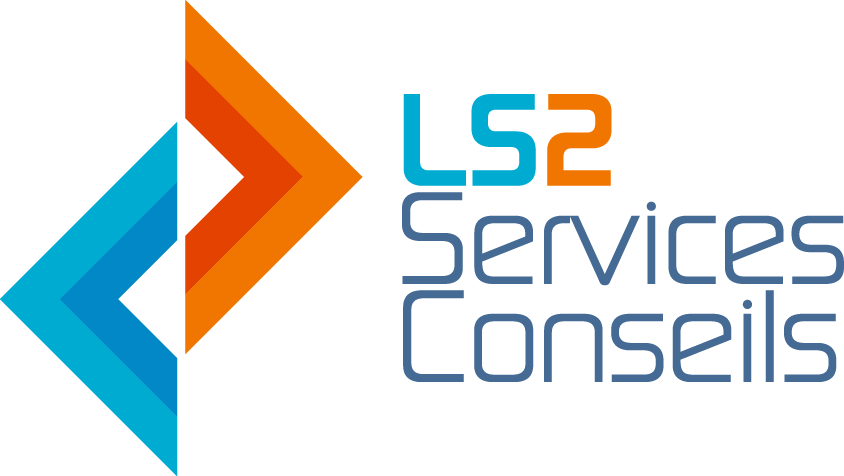
SharePoint governance: how to implement it successfully?
Like any IT project or other, the successful use of SharePoint requires, among other things, a governance process. SharePoint alone can not work miracles. You need a guide, precise landmarks to get there. And that’s exactly what the SharePoint governance strategy is for.
What is SharePoint governance?
What is SharePoint governance?
Much like the rules you have at home and at work, SharePoint governance clearly sets the rules for SharePoint users in your business. Concretely, this is to indicate the roles, rules and regulations of everyone, regardless of title, role or level of permissions. This is the most efficient way to ensure proper use of SharePoint, as well as structured and cordial interactions between different users.
It gets more complex when establishing and implementing SharePoint governance. The reason is simple: each company has its own way of doing things. What is very important in one organization is not necessarily important for another. It’s exactly like the rules from one family to the next: it varies a lot. And you also have to take into account the size and level of maturity of the business, two factors that inevitably influence the governance plan.
The good news is that you can adapt SharePoint governance to your values and your business philosophy. There are several SharePoint governance models that can help you avoid clutter and communication problems in your organization. Let’s see together how to implement your SharePoint governance strategy.
The three pillars of a good SharePoint governance strategy
The three pillars of a good SharePoint governance strategy
Your SharePoint governance strategy is based on the balance between these three pillars: the governance plan, the governance committee and internal communication.
The SharePoint governance plan
The SharePoint governance plan
The governance plan is a written document that serves as a reference, indicating in black and white the official directives and the procedures to be followed. It guides the actions to do or avoid for any SharePoint user.
Who writes it? Usually, this task falls to the IT department, given its technical knowledge of SharePoint.
Obviously, the governance plan must be easily accessible to everyone, including new employees. It is also very relevant to present it to all users during a SharePoint training or other official meeting to get off on the right foot.
The SharePoint Governance Committee
You will understand that the governance plan is not set in stone. In other words, it must evolve over time to adapt to new features and the reality of users. Otherwise, it will quickly become obsolete. The role of the governance committee is therefore to meet on a regular basis to discuss the difficulties encountered and the possible solutions to be considered. And if all goes well, we meet anyway so as not to lose the rhythm!
My advice: form your SharePoint governance committee with motivated, unifying users who reflect your business. Of course, executives and champions of technology have a crucial role to play, but so do ordinary users. They represent “sir-madam-everyone-in-the-world” in your organization. The idea is to have a representative committee that can make decisions and update your company’s SharePoint governance plan
Next, make sure that the members of the SharePoint governance committee listen to other users to get their impressions, comments and suggestions. If necessary, put in place a well-framed feedback process to get there.
And above all, do not neglect the continuing education of your governance committee! SharePoint is constantly evolving, which is why it is important to familiarize it with the recent SharePoint improvements and innovations that could prove very interesting for your organization
Internal communication
Internal communication
All additions to the SharePoint governance plan must inevitably be communicated to other SharePoint users. Otherwise they will not be informed of decision-making and news. Also, they will wonder what happened to their comments and suggestions. In short, internal communication is always the key to keeping your work team motivated.
Now, how do you communicate the new features of the SharePoint governance plan to your team? All means are good, you just have to choose what suits your organizational culture. Here are some interesting ideas:
-
Group training
-
Team meeting
-
Conference luncheon
-
Information email (with tips and tricks)
-
Video tutorials
Whichever you choose, make sure everyone has access to this information and that it is communicated clearly tomaximize SharePoint adoption in your organization..
The key elements to include in your SharePoint governance plan
The key elements to include in your SharePoint governance plan
Like a business plan or marketing plan, your SharePoint governance plan must include key elements. Here are a few.
Authorizations for site owners, libraries, and SharePoint lists
It is essential to set the permissions of owners of SharePoint sites, libraries and lists, also called administrators. For example, you can indicate that the administrators are authorized to generate sites, insofar as these respect in all points the template in the colors of your company. Thus, the sales manager can, for example, create SharePoint sites according to the needs of his team without however being able to change their appearance (colors, logo, arrangement of elements).
Also think of SharePoint groups, which are closely linked to SharePoint permission levels: do you want administrators to use only those already created, or do you prefer to leave them free to create new ones? These are exactly the kinds of permissions that you need to think about when writing your SharePoint governance plan.
Process to become a SharePoint site owner
Do not become owner (administrator) of SharePoint sites who wants to! Better to put in place a formal process that requires, among other things, that the person in question has completed SharePoint training and that they have been informed of the responsibilities that flow from it. This is one way to make sure that anyone with some power is fully aware of the procedures in place in the business.
Prioritization of SharePoint sites, lists, and libraries
Even if SharePoint simplifies quick data search thanks to metadata, it’s important to establish a convention for prioritizing SharePoint sites, libraries, and lists. Otherwise, you will quickly find yourself with several levels and sub-levels… To avoid such a situation, it is recommended to define a site hierarchy model to which the owners (administrators) can refer in the SharePoint governance plan. This will also facilitate the creation of a navigation agreement between the different levels and sites.
Management of metadata and branding
Management of metadata and branding




Leave A Comment